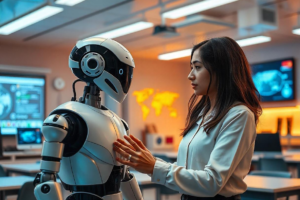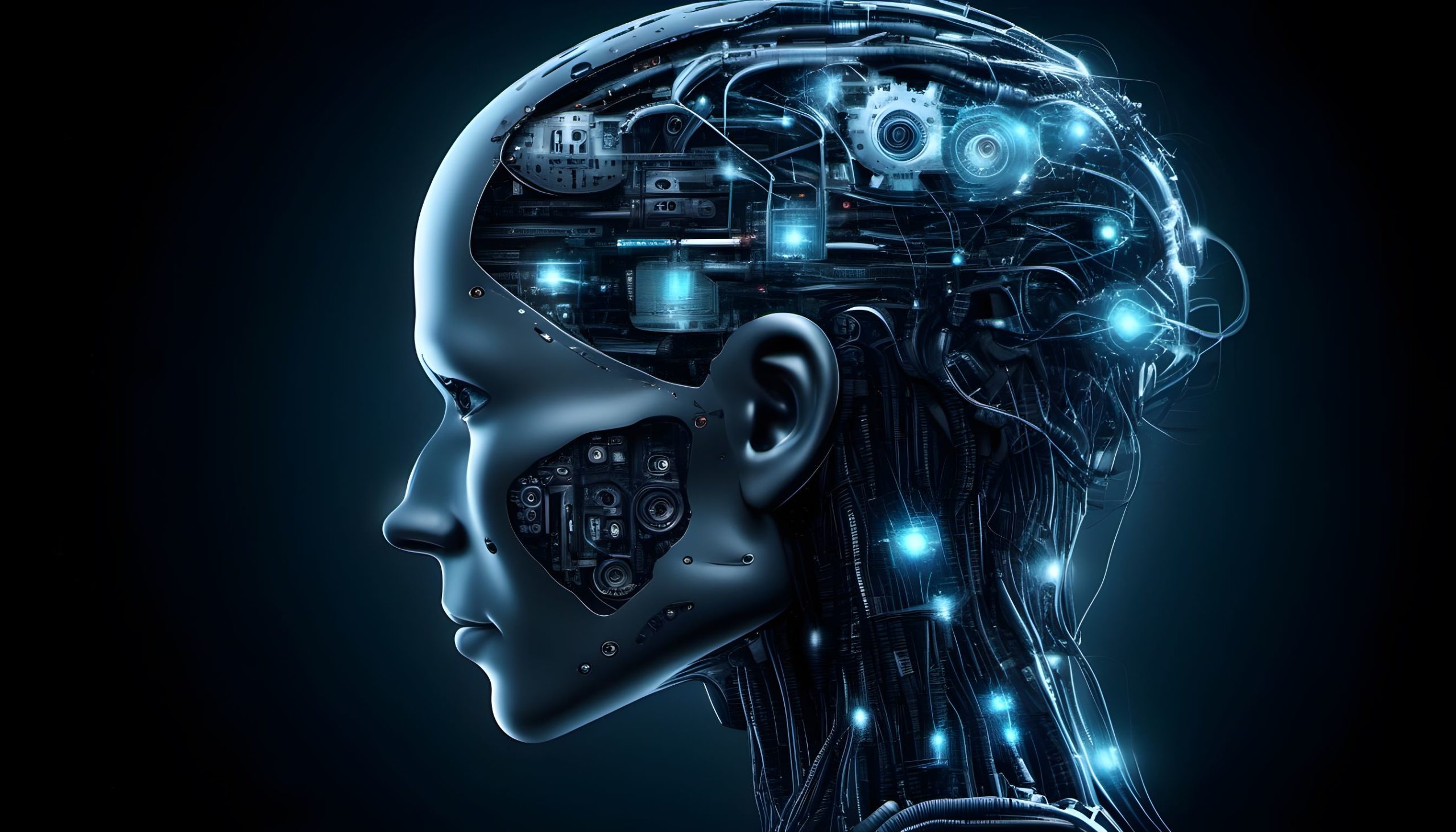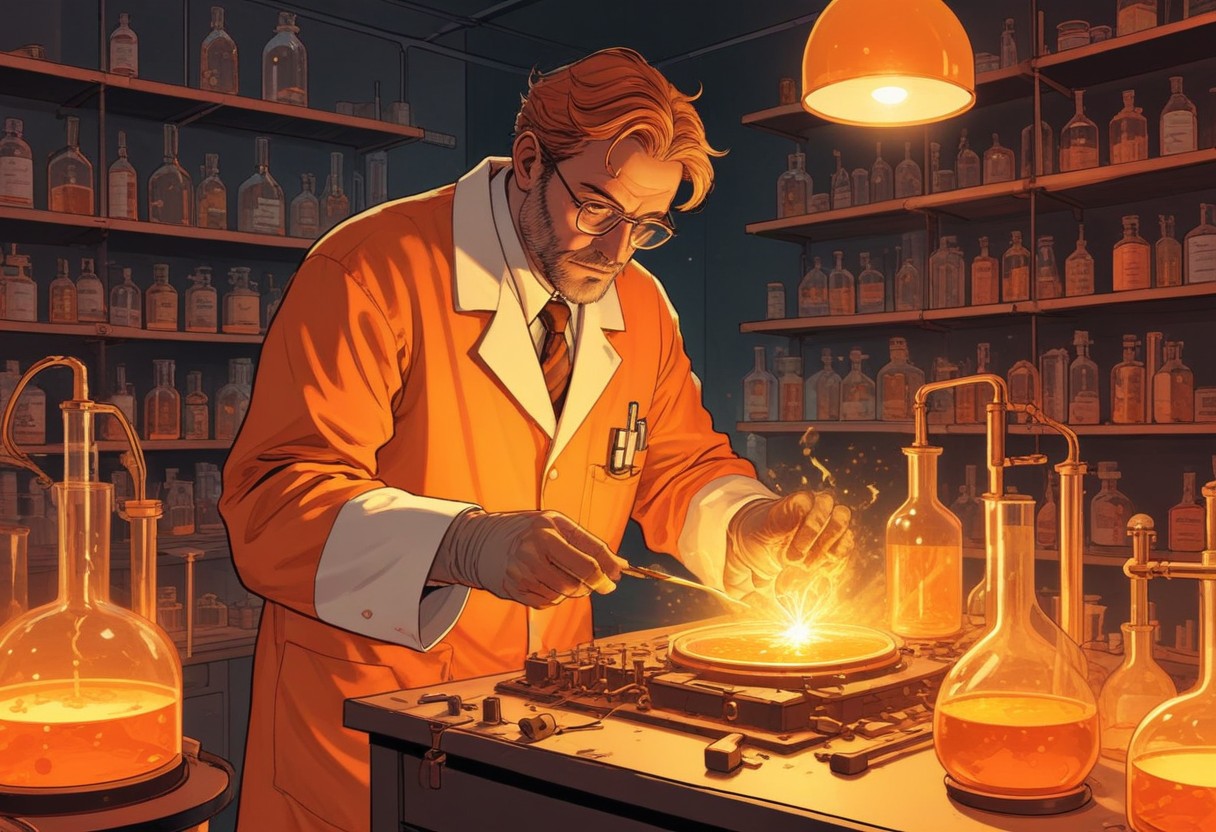Artificial intelligence (AI) has become one of the most talked about technologies of our time. Headlines provocatively declare that AI and automation will destroy millions of jobs. Fears abound that smart machines will take over the economy and make many human occupations obsolete.
With all the buzz, it’s understandable that people may be apprehensive about AI’s impact on employment and livelihoods. The potential exists for significant workforce disruption as AI capabilities improve. However, the reality is nuanced – while some jobs will decline, many new roles will emerge and AI can also augment existing work. The extent to which AI threatens any particular job depends on the unique tasks and responsibilities involved.
Rapid Advances in AI
First, it helps to understand why AI is gaining so much momentum now. Although AI research has been around for decades, recent years have seen powerful new techniques like machine learning and dramatic improvements in computing power.
Top technology companies like Google, Microsoft, Amazon, and IBM are aggressively developing AI for a range of applications. Investments in AI startups have exploded. Everywhere you look, companies are adding AI capabilities to their products and services.
For example, Google added its AI-powered Duplex booking assistant to Google Pixel phones as far back as 2018. Microsoft and Amazon have launched machine learning-based platforms to allow other companies to integrate AI into their own systems. Apple includes its Siri digital assistant in iPhones and HomePod smart speakers. Self-driving car companies are leveraging machine learning to teach vehicles how to navigate real-world environments.
The current wave of AI is disrupting established industries and forcing businesses to adapt or be left behind. It’s understandable that the fast pace of change is concerning for many workers.
How is AI Changing the Job Landscape?
AI is automating certain tasks and displacing the human labor previously required to perform them. However, it is incorrect to say AI is stealing jobs altogether. Rather, AI changes the nature of jobs and the skills needed for human workers.
Some roles will decline but new ones will emerge. Forrester Research predicts that AI will reshape far more jobs than it eliminates. The renowned analyst firm asserted in its 2023 “Generative AI Jobs Impact Forecast” reports that AI would have replaced 2.4 million US jobs by 2030 and significantly influenced another 11 million roles. However, other forms of automation will cost more jobs. Overall, generative AI will reshape more jobs than it displaces.
AI’s impact can be seen in various occupations:
- Manufacturing: Robots equipped with AI and computer vision are taking over rote assembly line tasks. However, new jobs are appearing in supervising and maintaining AI-powered machines.
- Customer service: Chatbots and virtual assistants are automating simple queries and interactions. But human staff are still needed for complex problem-solving.
- Accounting: AI can automate routine processes like audits and bookkeeping. However, the need remains for human accountants and financial analysts to provide strategic advice.
- Healthcare: AI can analyze medical images to identify tumors and diagnose illnesses faster than doctors. Yet physicians are still required to recommend treatments and provide overall care.
The pattern across professions is that repetitive, rules-based tasks are being automated while the need grows for workers who can oversee the technology and focus on higher-level thinking.
Most Susceptible Jobs
Certain occupations are clearly more susceptible to AI automation based on their primary responsibilities:
- Data entry and processing clerks – These administrative roles focused on routine data handling are primed for automation.
- Cashiers – With self-checkout lanes and AI-powered apps, fewer human cashiers are needed to process payments in stores.
- Telemarketers – Robocall campaigns can rapidly contact more customers while chatbots handle common sales interactions.
- Drivers – Advances in autonomous vehicles threaten jobs for taxi, Uber, bus, and truck drivers.
- Factory workers – As robotic automation in manufacturing expands, fewer assembly line workers are required.
- Farm workers – Smart tractors, harvesters, and drones enable machines to take over more farming tasks.
The common thread is that these roles consist of highly repetitive and manual tasks that are easier to automate versus jobs that require adaptability, critical thinking, or social skills. However, the introduction of AI is often gradual, giving some employees time to transition into new positions.
Least Susceptible Jobs
On the other end of the spectrum, certain jobs are safer from AI because they involve non-routine cognitive and creative work. Examples of occupations unlikely to be automated anytime soon include:
- Nurses and other caregivers – Providing medical and emotional care for patients requires compassion and complex decision-making.
- Mental health professionals – The nuanced social skills needed for counseling and therapy are extremely difficult for AI to emulate.
- Scientists and researchers – Designing experiments and analyzing data relies on human intuition and curiosity.
- Engineers – They will create the AI systems, requiring strong technical skills.
- Entertainers and artists – The work of actors, musicians, and painters involves creativity and subjective expression.
- Teachers – Classroom instruction and student support involve social-emotional abilities.
- Management executives – Leadership, strategy, and decision-making in complex business contexts are very human skills.
Again, the thread is that these jobs cannot be reduced to programmable rules. They entail high-level reasoning, creative problem-solving, stakeholder interactions, and intuitive judgment. These capabilities remain firmly human for now.
Adapting Jobs and Organizational Structures
For occupations unlikely to disappear entirely, AI will still transform how work gets done. In many cases, AI automation will lead to new human-machine collaboration models that change job duties and organizational structures.
For example, a radiologist would work with an AI assistant that flags anomalies in scans automatically, allowing the doctor to focus on difficult cases and strategies. Financial analysts will leverage robo-advisors that rapidly process data, perform valuations, and surface insights for the analyst to review. Corporate lawyers will collaborate with contract review AIs that analyze documents, freeing up time for higher-level case strategy.
These human-AI partnerships will enable higher productivity and earnings in augmented roles. But they will also require new skills to interface with AI systems effectively. Technical literacy and quantitative abilities will become mandatory regardless of profession. Human team members may have to train and monitor algorithmic counterparts, which necessitates statistical and analytical aptitudes.
Having good communication skills and contextual judgment will remain vital for interpreting the output from AI and making strategic decisions on that basis. Social intelligence and creativity will also be valued where AI tools fall short.
At the firm level, AI absorption will force flatter, more agile organizational models based on ad hoc human-machine teams. Rigid hierarchies and divisional silos will impede the flexibility required to integrate AI tools. Agile project management and cross-functional teams will become the norm. AI talent will also need to be bridged into functions like HR, sales, and customer support.
The pace of AI deployment will likely correlate to an organization’s structural dynamism. Companies weighed down by legacy systems and resistant to change will lag in taking advantage of intelligent automation. Startups and tech companies with agile cultures will lead the way in augmented work models.
The Need for Retraining
While the rise of AI will not necessarily cause mass unemployment, it does mean many workers must gain new skills to transition into the altered job landscape.
Employees in roles susceptible to automation should look to acquire new capabilities or move into related positions higher up the value chain. For example, a factory worker could train to maintain the robots and AI systems that are taking over the assembly lines.
As routine responsibilities are automated, workers need to focus more on the social, creative, analytical, and strategic aspects of their professions. Fortunately, research shows that over 80% of jobs have significant portions untouched by AI, allowing workers to redeploy existing skills.
Overall, continuous learning will be critical for all employees to keep pace. Companies must provide ample training programs and governments need to make education and retraining initiatives widely accessible. Initiatives like job fairs, vocational programs, and online courses can help displaced workers obtain new skills.
With the right preparations, AI technologies can augment and enhance human abilities rather than substitute them entirely.
The Organizational Impact
The influx of AI will compel companies to re-evaluate everything from their business models to their organizational structures and workplace policies. The ways in which work gets done will fundamentally transform.
More Fluid Job Descriptions
As AI automates discrete tasks, job descriptions will become less rigid. For example, an accountant’s time may be split between reviewing automated reports and providing strategic insights. Roles will become more fluid as humans and AI each focus on their strengths.
New Management Priorities
Currently, managers spend much of their time tracking employee productivity. With AI handling some repetitive tasks, managers can instead coach staff on higher-value work. Performance reviews will emphasize uniquely human skills like critical thinking, teamwork, and decision-making.
Continuous Retraining
Constant learning and retraining will need to be a high priority. Dedicated programs like tuition reimbursement, online courses, and skills revamping workshops will become common. Companies will need to invest heavily in human capital.
More Remote Work
With collaborative AI assistants able to automate certain coordination tasks, businesses may have more flexibility around remote work. Productivity may matter more than physical presence. However, some facets still depend on human connections.
Renewed Focus on Equity
AI adoption could widen skill and income gaps since lower wage earners are more vulnerable to automation. Companies must take active measures to retrain at-risk workers and maintain strong cultures of diversity, equity and inclusion.
Humans and Machines Collaborating
Workplaces will need to facilitate close collaboration between AI tools and human team members. Individuals and AI will partner together – each bringing complementary strengths – to achieve optimal results.
New Legal Protections
Governments will likely introduce updated labor regulations around AI use to protect workers. This may include controls around AI monitoring and productivity tracking. Rights related to algorithmic accountability and fair AI practices may arise.
Preparing for the Future
From all indications, AI-driven disruption of the labor force is poised to escalate. But the extent and timing remain difficult to predict. While alarmists foresee a job apocalypse, the reality will likely involve the gradual transitioning of many roles alongside potential economic dislocation for lower-skilled workers.
Much will depend on the maturity curve of AI technologies and the pace at which they gain adoption. But proactive policy making and savvy corporate strategies can preempt massive unemployment waves and create new opportunities for work in the AI age. In the long run, re-framing education and training to amplify human strengths and re-imagine human-machine collaboration will determine how society adjusts to the rise of artificial intelligence.
The economic and societal challenges posed by AI and automation may seem daunting. But if managed prudently, this new era of artificial intelligence can also usher in greater productivity, innovation, and possibilities for human achievement.
















